Stress Coaching Part I: A False Sense Of Urgency

How often do you find yourself and others around you at work and at home operating on a false sense of urgency? How often do we take action before we have all the facts, or make a decision just to relieve our anxiety? See if this sounds familiar? On Thursday, a deadline is set for Friday for a report nobody will look at it until at least Monday, if not next Thursday. A false sense of urgency drives us into a state of psychophysiological distress and if we experience this on a chronic basis our health will suffer.
Stress management is the overlooked dimension of wellness that affects our health unlike anything else. The medical world makes rough estimates that 80% of all illness is either caused by stress or exacerbated by it. Wellness and health coaches inevitably find themselves working with their clients on how stress affects the client’s lifestyle and wellness.
We are built to handle stress and change on an episodic basis. We rev up our stress response and are ready for fight or flight. Chronic stress, without recovery time, however has a tremendously adverse affect on our health, and today change, in both our work and personal lives has shifted from episodic to continuous. (http://www.goodreads.com/book/show/7679810-the-way-we-re-working-isn-t-working)
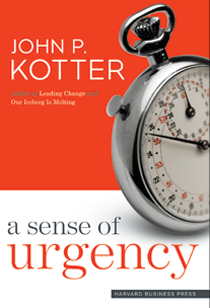 Continuous change is hard enough to deal with, but what about the stress that we create for ourselves out of our own anxiety and habit? Former Harvard Business School professor, John Kotter, looks at how organizations benefit from a true sense of urgency and are undone by a false sense. “True urgency focuses on critical issues. It is driven by the deep determination to win, not anxiety about losing. Many people confuse it with false urgency. This misguided sense of urgency does have energized action, but it has a frantic aspect to it with people driven by anxiety and fear. This dysfunctional orientation prevents people from exploiting opportunities and addressing real issues.” (http://www.kotterinternational.com/our-principles/urgency)
Continuous change is hard enough to deal with, but what about the stress that we create for ourselves out of our own anxiety and habit? Former Harvard Business School professor, John Kotter, looks at how organizations benefit from a true sense of urgency and are undone by a false sense. “True urgency focuses on critical issues. It is driven by the deep determination to win, not anxiety about losing. Many people confuse it with false urgency. This misguided sense of urgency does have energized action, but it has a frantic aspect to it with people driven by anxiety and fear. This dysfunctional orientation prevents people from exploiting opportunities and addressing real issues.” (http://www.kotterinternational.com/our-principles/urgency)
Translate what Kotter is saying into your own life. How much of the everyday stress that you experience is driven by a habitual, almost reflexive sense of urgency? How many great opportunities did you miss because you prematurely committed to another course of action? How many health-enhancing experiences or self-care activities did you pass up because so many other things in your life felt so urgent?
At the other extreme it is far too easy to be complacent about our health. We too easily put off medical exams, grab the convenience foods for dinner, watch TV, and confuse our need for rest and recovery with a state of lethargy. Not only do we increase our health risks, but we also begin to let our tremendous potential to be happy slip away. Smart companies have a true sense of urgency, and so do healthy people. Kotter tells us that “A big reason that a true sense of urgency is rare is that it’s not a natural state of affairs. It has to be created and recreated.” How can we create, and recreate, over and over again, a sense of urgency that works for us, but not against us in the way we live our lives?
The Coach’s Take Away
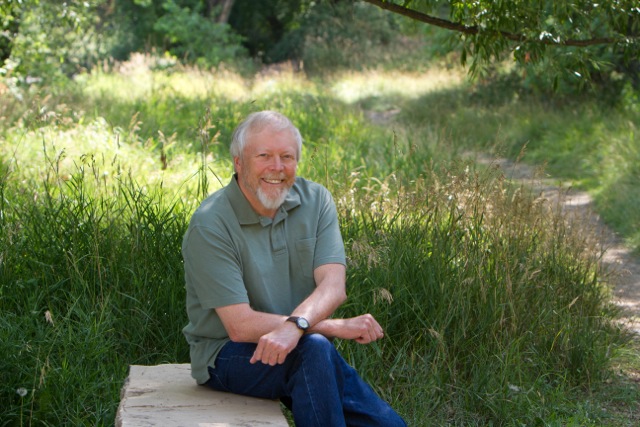
Continuums often help people conceptualize better when they see a graphic representation. Perhaps we could apply this to helping our clients connect with a sense of urgency around their health and wellness, but hold back from the self-defeating behaviors (SDB’s) that come from a false sense of urgency.
← - - - - - - - - - - - - - - - - - - / - - - - - - - - - - - -/- - - - - - - - - - - →
Complacency Urgency Action SDB’s
A Coach Approach to working with this continuum might be to have a client explore their own self-evaluation of where they see themselves on the continuum. Then using active-listening skills and powerful questions, have them explore how their current wellness efforts are working for them or against them. Is there complacency coming from real contentment, or from low self-efficacy and/or minimization and avoidance of looking at their health? Do they see their wellness as something with “true urgency” that motivates them to take action? Or, do they see their own SDB’s getting in the way and how? Are they finding themselves operating out of a sense of “false urgency” far too often?

As early as 1959 cardiologists Friedman and Rosenman identified the classic “Type A” personality and demonstrated a link between psychological characteristics and increased incidence of cardiovascular disease. One of the top three characteristics of “Type A’s” is a heightened sense of Time Urgency. Such folks tend to be impatient, to interrupt more, to walk and talk rapidly and seem to always be terribly award of how little time they have to spare. They also tend to be very self-critical and very competitive. The driven workaholic fits this description. The reality is, many of our wellness/health coaching clients also fill this bill.
When our list of demands and desires seems to overwhelm us stress grinds us to a halt. Our wellness plan gets put on the back burner yet again, and we’re back to our endless cycle of busyness. In a previous post “Question Your To-Do List And Be Well: Coaching The Urgent/Important Matrix” ( http://wp.me/pUi2y-7K) we looked at how to help our clients “remember that they have choices” and to consider both urgency and importance. Check that post out for more tips on how to coach your anxious client with that false sense of urgency.
Urgency-Emergency – A Key Distinction
Coaching excels at helping clients make distinctions that allow them to choose courses of action that are self-enhancing instead of self-defeating. One such key distinction to work with your client on is the difference between “Urgency” and “Emergency”. The sense of emergency that we are referring to here requires no trips to the hospital emergency room. Instead we’re talking about the perceived sense of urgency that makes a demand, desire or request seem like an emergency. Such “false emergencies” seem driven from three primary sources.
1) One can experience negative Peer Health Norms in their workplace or family around urgency/emergency. On a societal level it seems true that we are in what sociologists refer to as a “time famine”. Today with the push of increased technology, expectations for the delivery of results has far exceeds human capacity. Once again, emulating machines is hazardous to our health. Particular workplaces can operate out excessive competitiveness, fear and “siloing” where departments also compete instead of cooperating. Even the belief system (and therefore managerial style) of one single manager can drive a continually false sense of urgency. Families can pressure its members by only rewarding excessive performance and productivity.
2) One can experience a miss-assigned sense of responsibility. The old saying “A lack of planning on your part does not constitute an emergency in my world” must not only be remembered, but operated upon. Most conflicts can be resolved with a critical conversation around “Who’s responsible for what?”
3) One can assign excessive urgency to a demand, desire or request simply out of one’s own anxiety and/or belief system. The baseline level of stress that I’m operating on may already have me close to crossing the line from stress to distress, from functioning well to bringing on stress-related disorders and/or self-defeating interpersonal behavior. In short, I may be carrying around a level of worry, anxiety and stress that can’t handle much more. As a result I am far from centered and able to see threats, demands and requests for what they are. Instead every new brick on the load feels like it will break me.
On the other hand, coaches will encounter clients whose sense of urgency is driven more by anxiety that might be attributed to something physical, like an overactive thyroid, or to an internal belief system that has wired in habitual/reflexive responses that are deeply ingrained.
To help your client distinguish between urgency and emergency have them look at their thinking patterns.
• Are they operating on any assumptions? ASK: Do you know that to be true? How do you know that to be true? Are you filling in the blank yourself with an assumption?
• Do they have accurate information about deadlines? ASK: What is the true deadline? How much time do you really have to complete something? What are the risks vs. benefits of seeking an extension?
• Explore action vs. inaction. ASK: What are the consequences of acting vs. not acting? What are you afraid they are? What do you actually know them to be?
• Decision making. ASK: Are you making a decision here just to relieve anxiety? Do you have all the information you need (on both the factual and emotional levels) to make a well-grounded decision?
The other key to helping clients to reduce their sense of false urgency is not cognitive, but psychophysiological. The mind/body connection instantly translates our thoughts into the chemistry and neural responses of the body. Our sense of false urgency sends signals to our nervous system that are interpreted as indicating a need for our stress response to be activated. Our sympathetic nervous system arousal prepares us for “fight or flight”. Not only can we handle this on an episodic basis, it may actually prepare us to handle a true emergency very well. When chronic however, the perpetually elevated heart rate, blood pressure, cortisol levels, etc. work against us rather than for us. This psychophysiological problem requires a psychophysiological solution. In other words – relax!
Believe me, the last thing your anxious, time-urgent client wants to hear is the suggestion that they relax! For them it may be heard as a demand not a request, as a reprimand for them becoming so stressed to begin with, or a trivialization of what, for them, is a very real sense of urgency.
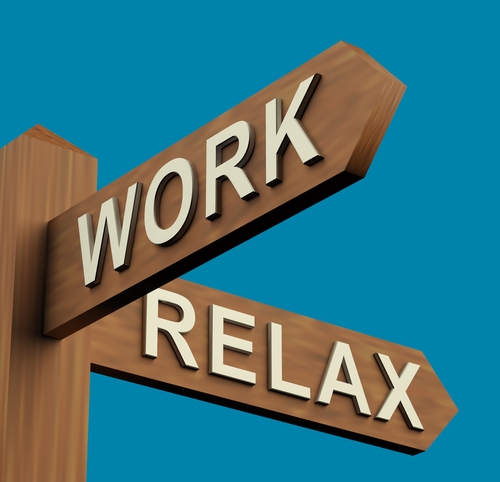 So, do the cognitive work first. Also acknowledge their feelings, that, for them, the urgency truly does feel intense. Honor and affirm how they feel. Then ask them if they would like to explore how often they feel this way. Is it just dealing with this issue, or are they often feeling urgency? If it seems to be far too common, ask them what they do to recover from stress. Would they like to explore ways to help them lower their overall level of tension?
So, do the cognitive work first. Also acknowledge their feelings, that, for them, the urgency truly does feel intense. Honor and affirm how they feel. Then ask them if they would like to explore how often they feel this way. Is it just dealing with this issue, or are they often feeling urgency? If it seems to be far too common, ask them what they do to recover from stress. Would they like to explore ways to help them lower their overall level of tension?
You may do a little wellness education here exploring what they know about reducing stress and what they have tried. Then look at what methods of stress reduction appeal to them. Relaxation training, Mindfulness-based Stress Reduction, biofeedback, Yoga, Tai Chi, guided imagery, etc. are all proven methods that can help your client lower their baseline level of stress and help make them more resilient. The methods they choose have to be something they see the value in and are congruent with their beliefs and values. Practicing on a regular basis can be assisted by the accountability that coaching can provide.
In future posts we will look at how a true sense of urgency can work for us instead of against us. We’ll also explore a true wellness sense of urgency that is not fear-based and how that can combat the complacency that undermines our wellness. We will look at how to help our clients recognize the differences between episodic and continuous change and between complacency, true urgency and false urgency.
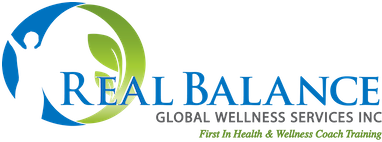

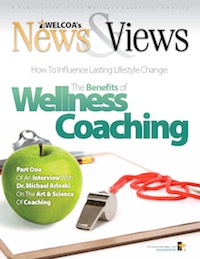
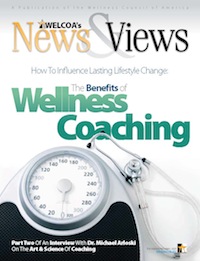


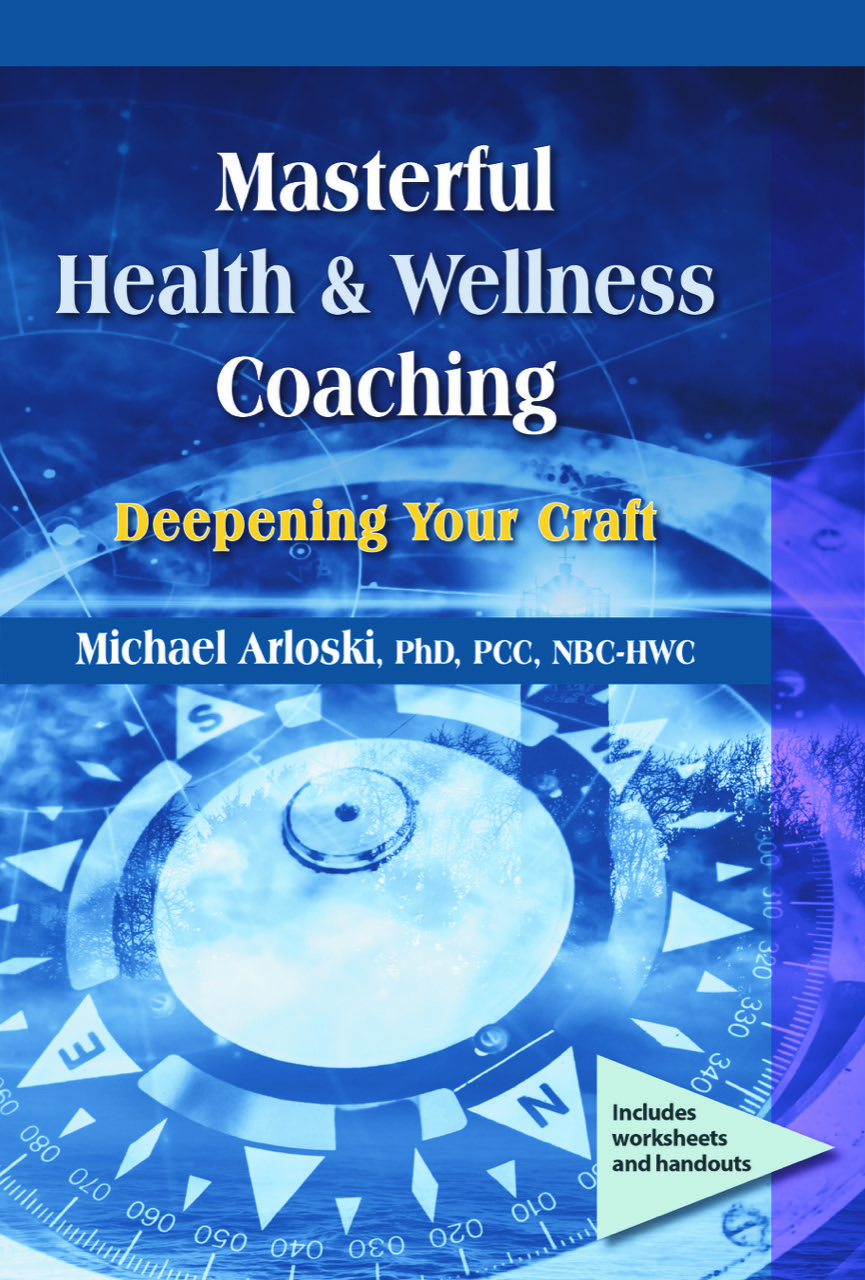

Only registered and logged in readers can leave comments.